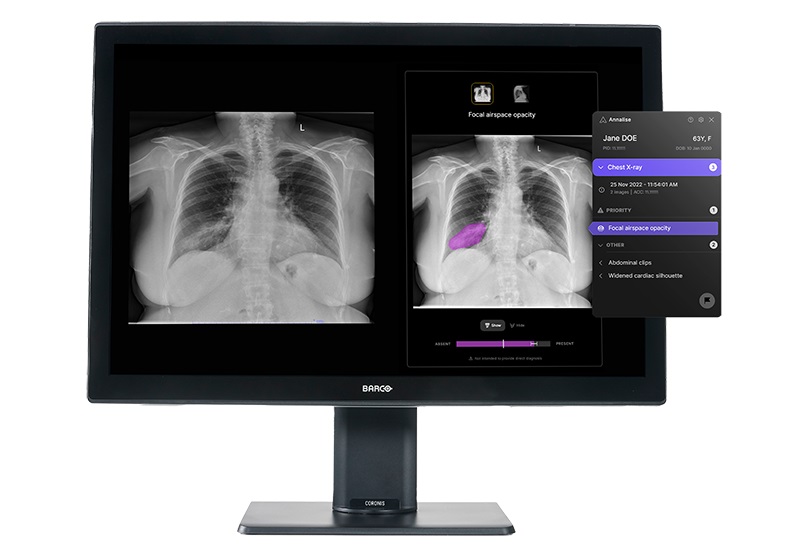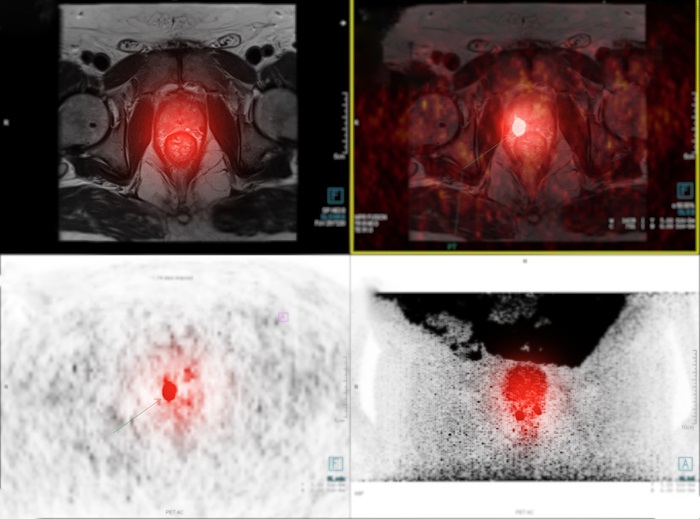International Agreement Reached on New Standard for the Evaluation of MRI Scans for Prostate Cancer
|
By MedImaging International staff writers Posted on 19 Oct 2015 |
The European Association of Urology (EAU; Arnhem, The Netherlands) has published new standards for the acquisition and reporting of Magnetic Resonance Imaging (MRI) scans to confirm a diagnosis of prostate cancer.
The Prostate Imaging and Reporting and Data System (PI-RADS) system standard was agreed between international radiological bodies and was published in the European Association of Urology’s peer-reviewed journal, European Urology. The standard enables radiologists to identify up to 13% more deadly prostate tumors, and could reduce over-diagnosis of insignificant cancers by nearly 89% compared to current procedures. Nearly 80% of men in Europe have a microscopic cancer at age 80, and nearly 50% at age 55.
A new MRI imaging technique, called multiparametric prostate Magnetic Resonance Imaging (mpMRI) has been in use and refined in the past few decades, but image acquisition and reporting guidelines are also essential for identifying prostate cancer. A previous version of the PI-RADS system standard already improved the diagnosis of intermediate- to high-grade cancers in clinical trials. The new version, PI-RADS version 2 updates, provides detailed instructions, and simplifies the acquisition, interpretation, and reporting of mpMRI scans.
Many studies have confirmed that mpMRI can prevent unnecessary biopsies, and improves the ability of a radiologist to identify clinically significant cancers when biopsies are made. MRI-targeted biopsies using mpMRI have been shown to provide better results than current ultrasound guided biopsy protocols.
Prof. Hendrik Van Poppel, University of Leuven, Belgium, from the European Association of Urology, said, "PSA screening decreases prostate cancer mortality but exposes to over-diagnosis and over-treatment. mpMRI will not only simplify this screening, it will also play an important role in the follow-up of patients under active surveillance. It should be the first exam a patient at risk of significant prostate cancer should have. As for the costs of mpMRI, these should be weighed against the saving of costs of unnecessary biopsies, coping with complications and possible unnecessary treatments".
Related Links:
European Association of Urology
The Prostate Imaging and Reporting and Data System (PI-RADS) system standard was agreed between international radiological bodies and was published in the European Association of Urology’s peer-reviewed journal, European Urology. The standard enables radiologists to identify up to 13% more deadly prostate tumors, and could reduce over-diagnosis of insignificant cancers by nearly 89% compared to current procedures. Nearly 80% of men in Europe have a microscopic cancer at age 80, and nearly 50% at age 55.
A new MRI imaging technique, called multiparametric prostate Magnetic Resonance Imaging (mpMRI) has been in use and refined in the past few decades, but image acquisition and reporting guidelines are also essential for identifying prostate cancer. A previous version of the PI-RADS system standard already improved the diagnosis of intermediate- to high-grade cancers in clinical trials. The new version, PI-RADS version 2 updates, provides detailed instructions, and simplifies the acquisition, interpretation, and reporting of mpMRI scans.
Many studies have confirmed that mpMRI can prevent unnecessary biopsies, and improves the ability of a radiologist to identify clinically significant cancers when biopsies are made. MRI-targeted biopsies using mpMRI have been shown to provide better results than current ultrasound guided biopsy protocols.
Prof. Hendrik Van Poppel, University of Leuven, Belgium, from the European Association of Urology, said, "PSA screening decreases prostate cancer mortality but exposes to over-diagnosis and over-treatment. mpMRI will not only simplify this screening, it will also play an important role in the follow-up of patients under active surveillance. It should be the first exam a patient at risk of significant prostate cancer should have. As for the costs of mpMRI, these should be weighed against the saving of costs of unnecessary biopsies, coping with complications and possible unnecessary treatments".
Related Links:
European Association of Urology
Latest MRI News
- Groundbreaking AI-Powered Software Significantly Enhances Brain MRI
- MRI Predicts Patient Outcomes and Tumor Recurrence in Rectal Cancer Patients
- Portable MRI System Dramatically Cuts Time-To-Scan vs. Conventional MRI in Stroke Patients
- Novel Model Identifies Focal Cortical Dysplasia Lesion from MRI Scans
- AI-Enhanced MRI Improves Diagnosis of Brain Disorders
- New Cardiac MRI Strategy Guides Ablation Procedures for Complex Tachycardias
- AI Model Achieves Clinical Expert Level Accuracy in Analyzing Complex MRIs and 3D Medical Scans
- MRI Provides Early Warning System for Glioblastoma Growth
- AI Algorithm Analyzes MRI Scans to Determine Best Rectal Cancer Treatment Strategy
- AI Software Uses MRI Scans to Automatically Segment Key Brain Structures for Improved Radiation Therapy Planning
- AI Software Analyzes Neuroimaging Data and Patient Information to Diagnose 10 Types of Dementia
- Metamaterials to Make MRI Scans Faster, Cheaper, and More Accurate
- Deep Learning Enables Accurate, Automated Quality Control Image Assessment for Liver MR Elastography
- Deep Learning-Based AI for Prostate MRI Helps Improve Risk Assessment and Avoid Unnecessary Biopsies
- Breakthrough Heart MRI Technique Accurately Predicts Heart Failure Risk in General Population
- MRI Could Help Doctors Predict More Aggressive Prostate Cancer in Patients
Channels
Radiography
view channel
Novel Breast Cancer Screening Technology Could Offer Superior Alternative to Mammogram
Breast cancer represents 15.5% of new cancer cases and 7% of cancer-related deaths in the United States. Approximately 13.1% of women will be diagnosed with breast cancer during their lifetime.... Read more
Artificial Intelligence Accurately Predicts Breast Cancer Years Before Diagnosis
Mammography screening helps reduce breast cancer mortality; however, its accuracy is not perfect. For decades, various strategies have been employed to enhance the interpretive performance of mammography,... Read more (1).jpg)
AI-Powered Chest X-Ray Detects Pulmonary Nodules Three Years Before Lung Cancer Symptoms
Lung cancer has one of the worst survival rates among all cancers, with more than two-thirds of patients diagnosed at an advanced stage, making curative treatment no longer viable. The issue of missed... Read moreUltrasound
view channel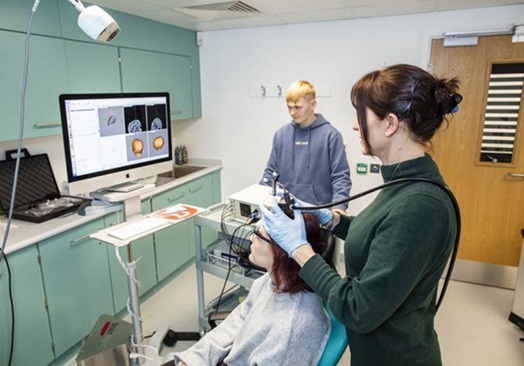
Ultrasound Can Identify Sources of Brain-Related Issues and Disorders Before Treatment
For many years, healthcare professionals worldwide have relied on ultrasound to monitor the growth of unborn infants and evaluate the health of internal organs. However, ultrasound technology, once primarily... Read more
New Guideline on Handling Endobronchial Ultrasound Transbronchial Needle Samples
Endobronchial ultrasound-guided transbronchial needle aspiration (EBUS-TBNA) has become the standard procedure for the initial diagnosis and staging of lung cancer; however, there is limited guidance on... Read more
Groundbreaking Ultrasound-Guided Needle Insertion System Improves Medical Procedures
Ultrasound-guided neuraxial procedures have traditionally been hampered by technical challenges, such as the need for three hands to manage the needle, probe, and syringe simultaneously, steep needle angles... Read moreNuclear Medicine
view channel
PET Software Enhances Diagnosis and Monitoring of Alzheimer's Disease
Alzheimer’s disease is marked by the buildup of beta-amyloid plaques and tau protein tangles in the brain. These deposits of beta-amyloid and tau appear in various brain regions at differing rates as the brain ages.... Read more.jpg)
New Photon-Counting CT Technique Diagnoses Osteoarthritis Before Symptoms Develop
X-ray imaging has evolved significantly since its introduction in 1895. This technique is known for capturing images quickly, making it ideal for emergency situations; however, it does not provide adequate... Read moreGeneral/Advanced Imaging
view channel
Low-Dose CT Screening for Lung Cancer Can Benefit Heavy Smokers
Lung cancer is often diagnosed at a late stage, with only about one-fifth to one-sixth of patients surviving five years after diagnosis. A new report now suggests that low-dose computed tomography (CT)... Read more![Image: A kidney showing positive [89Zr]Zr-girentuximab PET and histologically confirmed clear-cell renal cell carcinoma (Photo courtesy of Dr. Brian Shuch/UCLA Health) Image: A kidney showing positive [89Zr]Zr-girentuximab PET and histologically confirmed clear-cell renal cell carcinoma (Photo courtesy of Dr. Brian Shuch/UCLA Health)](https://globetechcdn.com/mobile_medicalimaging/images/stories/articles/article_images/2024-10-04/ca9scan.jpg)
Non-Invasive Imaging Technique Accurately Detects Aggressive Kidney Cancer
Kidney cancers, known as renal cell carcinomas, account for 90% of solid kidney tumors, with over 81,000 new cases diagnosed annually in the United States. Among the various types, clear-cell renal cell... Read more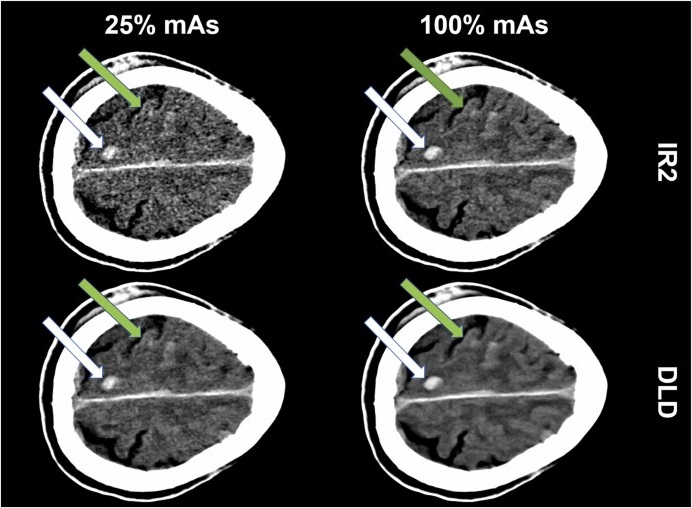
AI Algorithm Reduces Unnecessary Radiation Exposure in Traumatic Neuroradiological CT Scans
Traumatic neuroradiological emergencies encompass conditions that require immediate and accurate diagnosis for effective treatment and optimal patient outcomes. These emergencies can include injuries to... Read more
New Solution Enhances AI-Based Quality Control and Diagnosis in Medical Imaging
Medical image data makes up 80% of clinical data, and artificial intelligence (AI) offers significant potential to unlock its full value, which is crucial for clinical diagnosis, decision-making, and disease... Read moreImaging IT
view channel
New Google Cloud Medical Imaging Suite Makes Imaging Healthcare Data More Accessible
Medical imaging is a critical tool used to diagnose patients, and there are billions of medical images scanned globally each year. Imaging data accounts for about 90% of all healthcare data1 and, until... Read more
Global AI in Medical Diagnostics Market to Be Driven by Demand for Image Recognition in Radiology
The global artificial intelligence (AI) in medical diagnostics market is expanding with early disease detection being one of its key applications and image recognition becoming a compelling consumer proposition... Read moreIndustry News
view channel.jpeg)
Philips and Medtronic Partner on Stroke Care
A stroke is typically an acute incident primarily caused by a blockage in a brain blood vessel, which disrupts the adequate blood supply to brain tissue and results in the permanent loss of brain cells.... Read more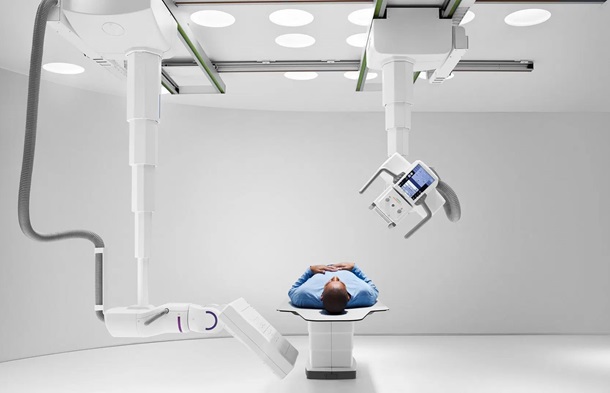
Siemens and Medtronic Enter into Global Partnership for Advancing Spine Care Imaging Technologies
A new global partnership aims to explore opportunities to further expand access to advanced pre-and post-operative imaging technologies for spine care. Medtronic plc (Galway, Ireland) and Siemens Healthineers... Read more
RSNA 2024 Technical Exhibits to Showcase Latest Advances in Radiology
The Radiological Society of North America (RSNA, Oak Brook, IL, USA) has announced highlights of the Technical Exhibits at RSNA 2024: Building Intelligent Connections, the Society’s 110th Scientific Assembly... Read more













